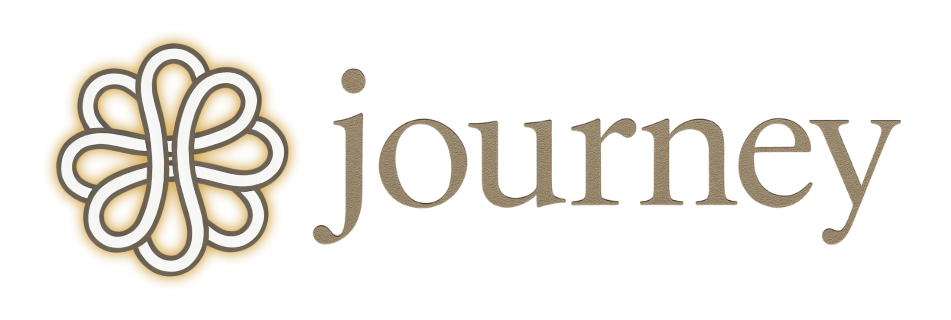Collaboration vs conflict
There are two ways to approach resolving a problem between two people. The Conflict approach treats the other party as the enemy. Your emotional mind is in charge. The primary feeling is anger or fear. It’s like you’re battling each other. You’re defensive and lash out. Your stress levels are high. The Collaboration approach treats the other party as a friend. Your logical mind is in charge.
The primary feeling is humor. It’s like you’re solving a puzzle together. You’re cooperative and creative. Your stress levels are low. The key to effective conflict resolution is to take a collaboration-based approach to the problem.
Identifying conflict mode
To take a collaboration-based approach to conflict resolution, it’s important to recognize the signs of Conflict Mode from within the other party and also within yourself.
Are there any feelings of anger, stress, resentment, or bitterness?
Do you feel irritated, upset, or fired up?
Are attacks or insults being thrown at each other?
Do you feel like you are under attack or have been personally insulted?
Are you feeling negative towards the other person, like they’re an enemy instead of a
friend?
Is anyone criticizing, ignoring, or treating another with contempt? Is anyone being defensive?
Is your emotional mind speaking louder than your rational mind?
Once you notice any signs of either party being in Conflict Mode, then it is important to take steps to get into Collaboration Mode.
Switching to collaboration mode
First, if emotions are running high, it can be good to take a break and let emotions cool off.
This can be as easy as taking a mindful breath, leaving for a few minutes, or revisiting the conversation another day.
Next, approach the conversation like it’s two of you trying to solve a problem as opposed to trying to solve each other.
Stay focused on finding a solution rather than accusing or attacking the other party. Humor can be a great way of encouraging collaboration mode. Incorporate joking and laughter into your solution finding. Remember, it’s a cooperative puzzle, not a battle!
Bring a positive mindset and be aware of any signs of Conflict mode, either within yourself or the other. Stay calm, cool, and collected.
Now that you are both in Collaboration Mode, it’s time to find a solution to the problem, together!
First, find common ground by identifying all of the things you both agree on. Often, arguments can get caught up in unrelated topics. Stay focused and identify the core disagreement.
See if there’s a way you could both be right. Try and describe the other person’s perspective from their point of view. Next, brainstorm up solutions to the problem. Hopefully, one of these solutions will work for both of you and the conflict will be resolved!
Actionable tips
In general, assume that the other person is a good person having a bad day instead of a bad person. Focus on circumstances, not personality traits.
If you sense someone is getting into Conflict mode, point it out and acknowledge their feelings. Know yourself. Be aware of your own emotions and if you feel yourself getting into
Conflict mode, take steps to get back into Collaboration mode.
Empathize with the other person and be open to forgiving and moving on. Find compromises and solutions that benefit both individuals.
Pick your battles. If an issue is either unimportant or very hard to solve, it might not be worth your time and effort. Sometimes, it’s okay to agree to disagree.
